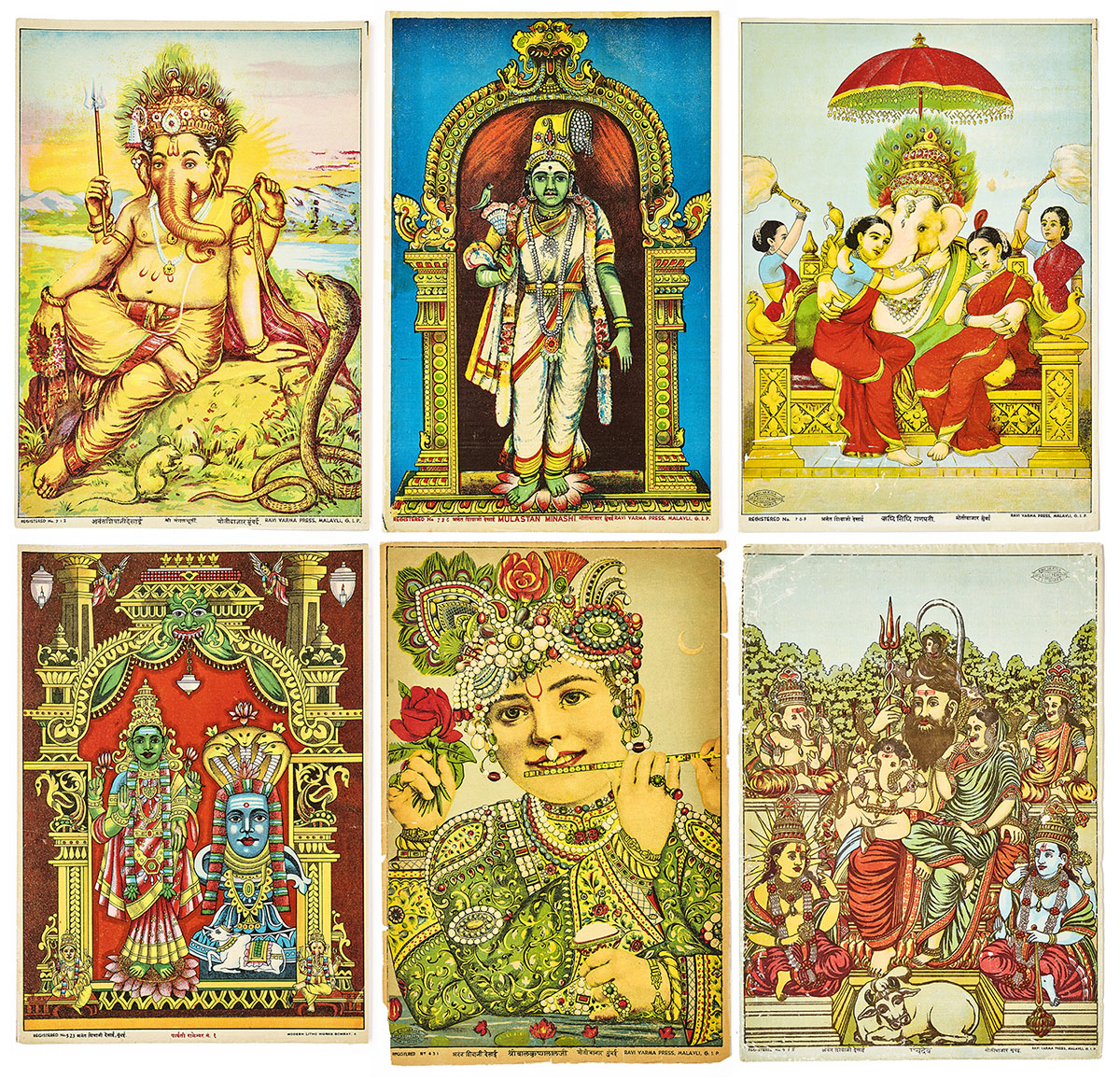

In the closing decades of the nineteenth century, when colonial modernity intersected with deeply rooted devotional practices, Raja Ravi Varma introduced a transformation whose resonance continues to shape India’s visual consciousness.
Already recognised for harmonising European academic realism with indigenous sensibilities, Ravi Varma undertook an even more significant intervention: he harnessed the power of the lithographic press to disseminate images that redefined how gods and goddesses appeared in the public imagination.
The establishment of the Ravi Varma Fine Art Lithographic Press in Bombay in 1894 and its subsequent relocation to Malavli, marked a pivotal moment in the cultural history of the subcontinent. By employing sophisticated chromolithographic techniques and skilled technicians from Germany and India, the press produced images of unprecedented clarity and colour fidelity. These were not mere reproductions; they were finely conceived visual artefacts that democratised access to high art and devotional imagery.
Central to this revolution was Ravi Varma’s iconographic vision. His gods were not remote cosmic abstractions but emotionally resonant figures rendered with anatomical precision, luminous textures, and psychological depth. Lakshmi stands on her lotus with graceful humanity that makes prosperity feel both sacred and attainable. Saraswati, draped in white, is cast as the serene embodiment of knowledge, part goddess, part learned muse. Krishna and Radha appear not as stylised mythological symbols but as figures alive with intimacy and sentiment, their gestures articulating the subtleties of bhakti in human terms.
These images introduced a new visual theology. By inviting viewers to encounter the divine with emotional immediacy, Ravi Varma’s lithographs blurred the line between the sacred and the domestic. They travelled swiftly across the subcontinent via railway stalls, pilgrimage centres, and bustling colonial bazaars entering homes that had never before housed oil paintings or elite artistic commissions. The result was the emergence of a pan-Indian visual language: regardless of region or language, households came to recognise the same Lakshmi, the same Saraswati, the same Krishna rendered with naturalistic grace.
The broader cultural implications were profound. As India’s early national consciousness was taking shape, these lithographs offered a shared aesthetic of devotion and identity. They standardised imagery that would come to dominate calendars, theatre posters, political iconography, and eventually early Indian cinema. The familiar divine at once humanised and dignified became integral to the formation of a modern Indian sensibility. Today, original lithographs from the Ravi Varma Press, especially from the early decades of production, have ascended from household altars to museums and private collections. Their delicate papers, often bearing the patina of decades of reverence, are now prized for their rarity, craftsmanship, and cultural significance. To encounter them is to witness a unique convergence of art, technology, and devotion. An experience with the very images that transformed India’s understanding of the sacred.
The upcoming Olympia Auction, Indian, Islamic, Himalayan and South-East Asian Art on the 26th of November 2025, presents a remarkable opportunity for collectors, with Lot 62 featuring a rare lot of five exceptional lithographs, each printed in colour and inscribed below the image with its registered number and the imprint Ravi Varma Press. United by their impeccable chromatic quality and narrative finesse, the group spans a devotional spectrum from the auspicious presence of Lord Ganesh, flanked by Riddhi and Siddhi, to the lyrical tenderness of Lord Krishna, and culminating in a finely balanced portrayal of the Shiva Parivar, where the cosmic household becomes a reflection of harmony, lineage, and divine kinship. Ganesh with Riddhi and Siddhi encapsulates prosperity twinned with spiritual fulfilment, while the Shiva family composition suggests an intimate, almost domestic interpretation of cosmic energies an iconography Ravi Varma helped bring into the modern imagination.
Ravi Varma’s press did not merely multiply pictures; it multiplied access to beauty and to the divine. By humanising gods and placing them within the reach of millions, these lithographs established an enduring visual canon that still shapes India’s collective imagination.